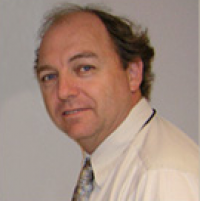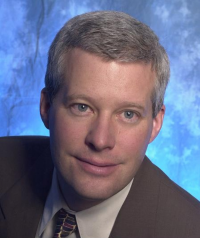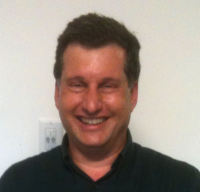Archive for September 2011
Gathering the Tools for a Renewed UCSF Department of Radiation Oncology: From Dose to Image to Dose
SPEAKER: JEAN POULIOT DATE/TIME: MON, 09/26/2011 – 4:00PM TO 5:00PM LOCATION: 3105 ETCHEVERRY HALL Fall 2011 Colloquium Series Abstract: Radiation therapy, alone or in combination with other modalities, is involved in the treatment of a majority of cancers, is practiced in every clinic and used to treat practically every site of the body. The field of radiation oncology…
Read MoreThe Materials Test Station: A Fast Spectrum Irradiation Facility
SPEAKER: ERIC PITCHER DATE/TIME: MON, 09/19/2011 – 4:00PM TO 5:00PM LOCATION: 3105 ETCHEVERRY HALL Fall 2011 Colloquium Series Abstract: The proposed Materials Test Station, to be built at the Los Alamos Neutron Science Center, will use the high-power proton beam from the LANSCE accelerator to create an intense neutron irradiation environment for nuclear materials testing. The primary mission…
Read MoreResearch Opportunities at LBNL in Accelerator-Based Future Light Sources and Ion Beam Cancer Therapy
SPEAKER: DAVID ROBIN DATE/TIME: MON, 09/12/2011 – 4:00PM TO 5:00PM LOCATION: 3105 ETCHEVERRY HALL Fall 2011 Colloquium Series Abstract: At Lawrence Berkeley National Laboratory (LBNL) there is a long and distinguished history in the development of accelerator-based synchrotron light and ion beam cancer therapy (IBCT) facilities. LBNL built and commissioned the Advanced Light Source (ALS), the world’s first…
Read More

